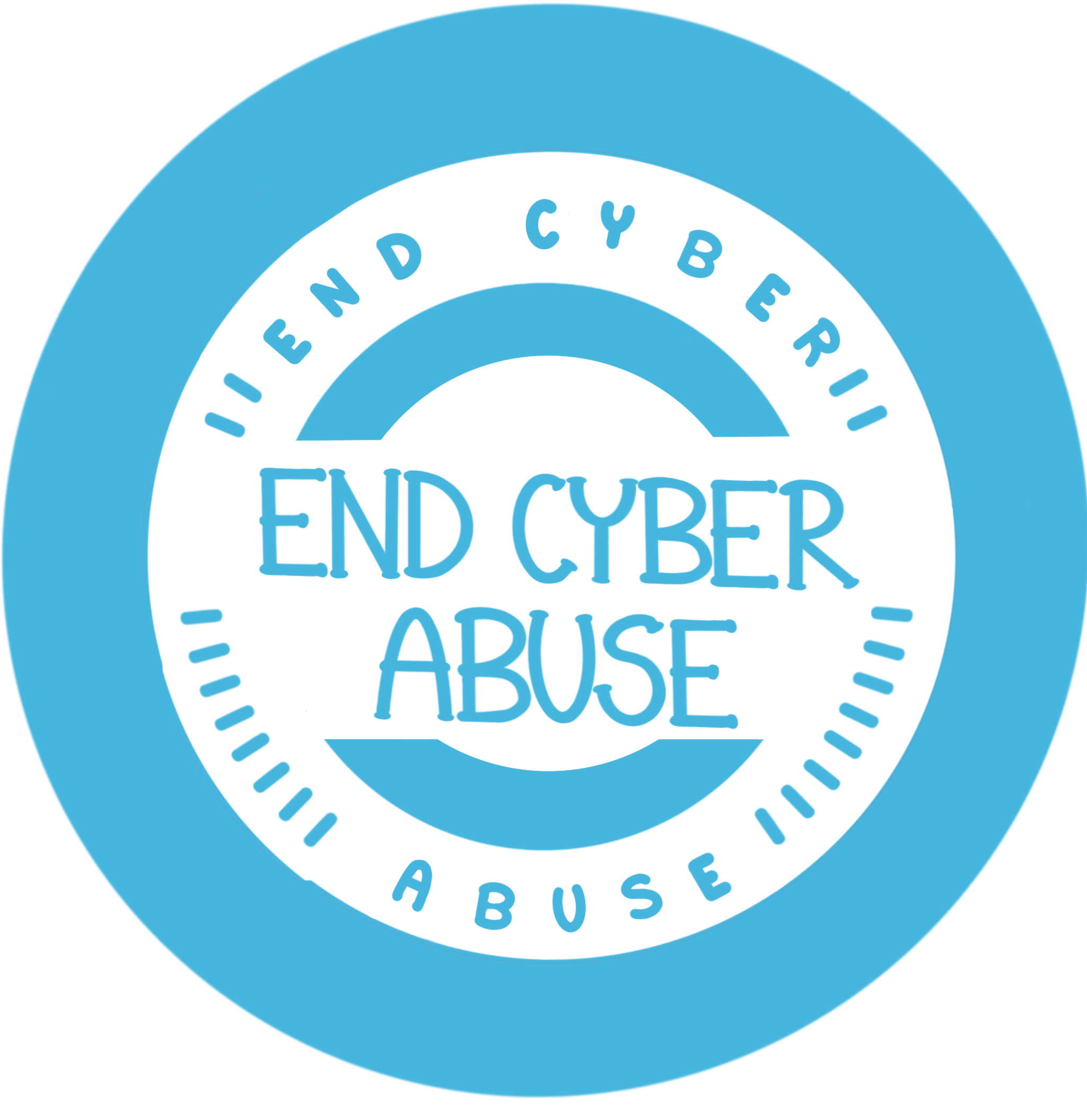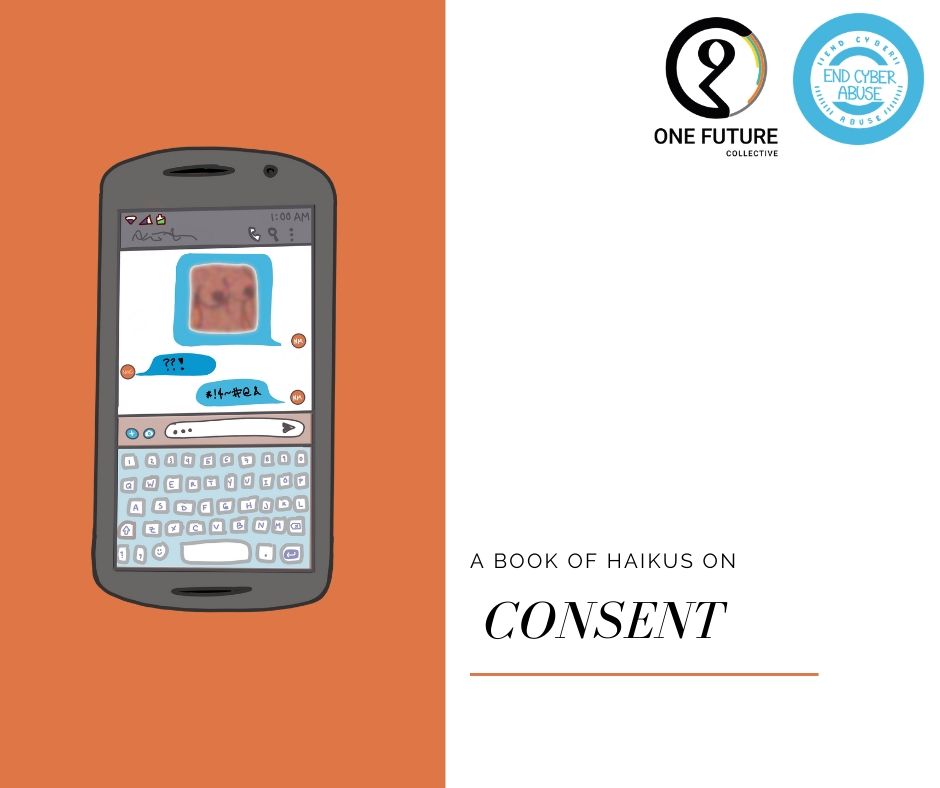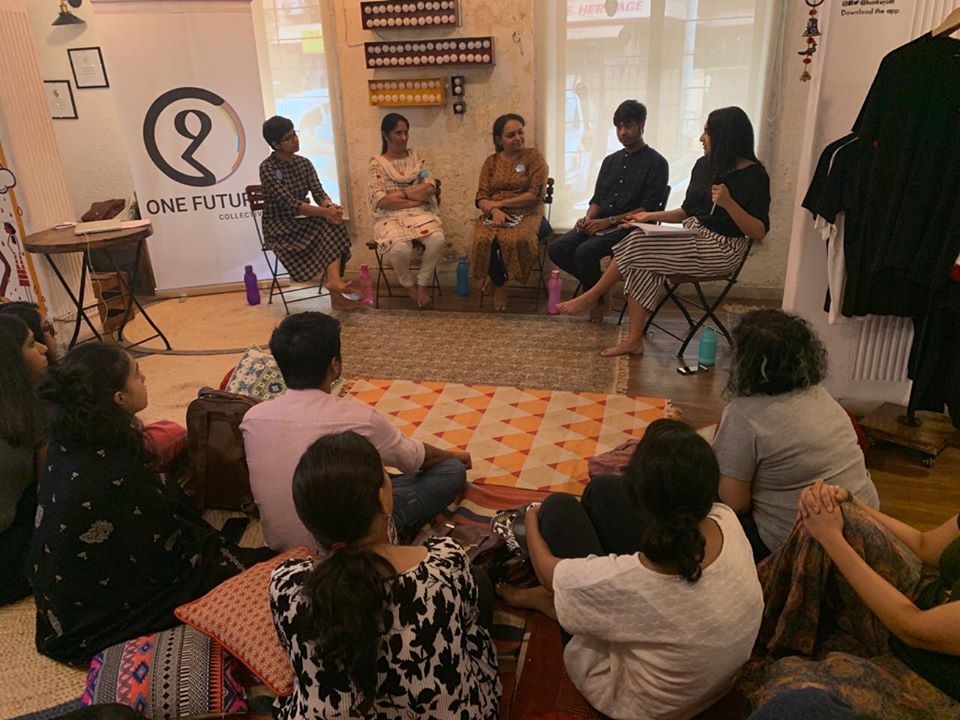
On Sunday 1st December, End Cyber Abuse held a collaborative event in Mumbai with our India research partner, One Future Collective, seeking to encourage an open dialogue on image-based sexual abuse. The panel discussed sexting and consent in India today and how the law does — or does not — help in cases of abuse. We looked at the role of, or absence of, the law in addressing the abuse and discussed the highly gendered nature of this kind of abuse as a form of gender-based violence.
As part of the event, we launched our surveys in English and Hindi for survivors and practitioners, as we seek to collect more information on how image-based sexual abuse manifests and is tackled in the Indian context.
The Panelists

The panel was chaired by Jerin Jacob, Chief Operating Officer at One Future Collective as well as an educator, social entrepreneur, trainer and researcher and a Doctoral Researcher at Tata Institute of Social Sciences, Mumbai with the Advanced Center for Women’s Studies researching on Feminist and Local Retellings of Biblical Narratives.
On the panel was:
- Sonali Patankar, Founder of Responsible Netism where she promotes cyber wellness and responsible online behaviour for online protection of children and adults in association with the Mumbai Police and the Ministry of Education in Maharashtra.
- Divya Taneja, Coordinator at the Special Cell for Women and Children, a field action project of Tata Institute of Social Sciences and a scheme of the Government of Maharashtra. She has engaged in direct interventions with survivors through the work of Special Cells and guides the team of social workers at the Cells across different parts of Maharashtra while also being responsible for advocacy at the state level.
- Sudipta Das, Communications Manager at The Aarambh India Initiative where he curates and creates online campaigns to spread awareness on sexual abuse, sex-positivity, child rights, and many of their intersections.
- Nishma Jethwa, Co-Director here at End Cyber Abuse, a gender rights activist and human rights lawyer with more than 10 years of experience working on gender rights. She works to better understand the challenges faced as a result of such abuse, and how the law can most effectively provide remedies.
The Conversation
The primary question explored during the panel discussion was: How can we better understand image-based sexual abuse in India, with a view to transform themes of shame, agency and trust?
A key question that arose was that when it comes to sexting, how can we move away from a victim blaming lens to understanding image-based sexual abuse solely as a violation by the perpetrator? Divya, in particular, spoke about the fear many survivors have of speaking up or making official complaints. While she had seen many cases where victims had come into the special cell to request assistance on taking the photo down, few wanted to pursue a formal case due to fear of exposure. In particular, women were worried who else would need to see the images if a formal case were taken forward (e.g. police, lawyers, judges etc.) and they did not have confidence that confidentiality would be maintained by these groups. There was also a worry that victims would be blamed by their families for sharing such photos in the first place or even for using technology at all.
Divya spoke about the need to train police officers on the links between different types of gendered violence to explain how something like image-based sexual abuse probably is grounded in other forms of preexisting violence such as physical or financial. Divya spoke about how she hopes the special cells could provide a safe space as a first point of contact so victims felt able to come forward without immediately having to go to the police station.
The panel explored what consent looks like when it comes to sexting and whether this definition translates into our laws and practice. The panelists were in agreement that teaching consent, trust, and power, even in relationships and marriage, is one of the key parts of their work. Sudipta later spoke about the importance of non fear-based teaching around consent and consent as a spectrum.
Sonali spoke about her work with parents and children, including the law on children sharing images (it is illegal as children are not considered to be able to give consent) versus the willingness of children to participate in sexting. Sudpita added to this by exploring how the law on prevention of child sexual abuse criminalised all sexual activity between children, even if it was with consent. He touched upon the cultural beliefs we live with relegating children to completely asexual beings, despite our knowledge of puberty and adolescence. He spoke about the agency of children and how to work with them when they do not want to listen to adults lecturing them.
Nishma discussed the existing legal framework in India and where it is lacking as well as where it might work in favour of the victim. She shared how, while the IT act and several other laws targeted for the protection of women and children provide recourse to victims of image-based sexual abuse in India, there are some clear gaps when it comes to implementation. For example, Section 67A of the IT Act criminalizes anyone who sends an intimate image depicting sexual conduct, including victims who send images to their partners. Since victims can be charged for sharing intimate images, the law deters victims from seeking assistance from the police. This means that the victim, who may have shared a photo or video consensually with a partner, could herself be prosecuted. She also mentioned that the laws are also outdated and do not address today’s realities. The Indecent Representation of Women (Prohibition Act), for instance, is not gender neutral and protects only women. It also fails to address electronic dissemination of material, since it was drafted in 1986. Furthermore, she discussed the law’s focus on corrupting “public morality”, which is problematic as it leads to victim blaming of those who chose to consensually share intimate images with their partners. In practice, crimes of consent are wrongly charged under “obscenity” laws rather than IT Act’s Section 66E.
One of the good practices discussed from India is that motive is irrelevant. The IT Act (Section 67A) only requires that the perpetrator transmit or publish a sexually explicit image, and Section 66E requires only that the perpetrator “intentionally or knowingly” publishes the image without consent. Since motive is irrelevant, there is no requirement that the prosecution prove any specific intent to harm the victim. The crime is therefore easier to prosecute. Intimate images are also defined broadly to cover situations where the victim might be shown engaging in a sexual act, even if she is fully clothed or where images are photoshopped.
Our Audience
Our audience consisted of about 25 mainly young people – students, professionals from across corporate and social sectors and academics.
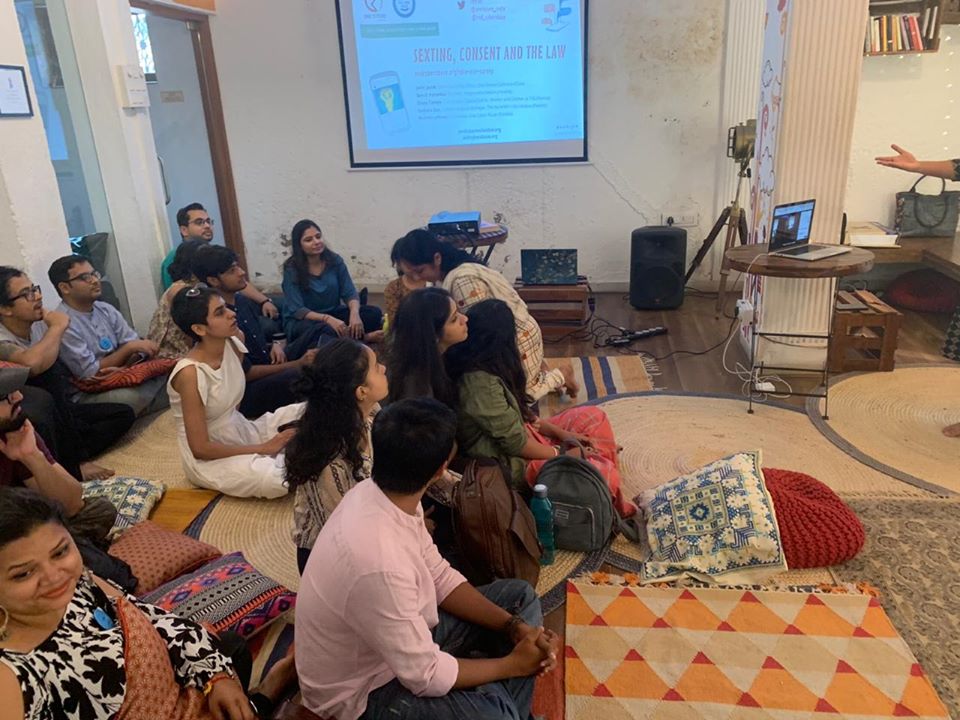
Complete our Survey!
In partnership with One Future Collective, we’ve launched a groundbreaking survey to gather information about the experiences of survivors of image-based sexual abuse in India. Have you experienced image-based sexual abuse, or online gendered violence, in India? Have you worked with survivors of this form of abuse — or know survivors yourself? Please click here to fill out our survey, and to share it with those you may know. Your story and experience will be vital to enable us to map the scope of online gendered violence in India and the barriers survivors face in seeking justice — and to advocate for recommendations to improve the response of the justice system.
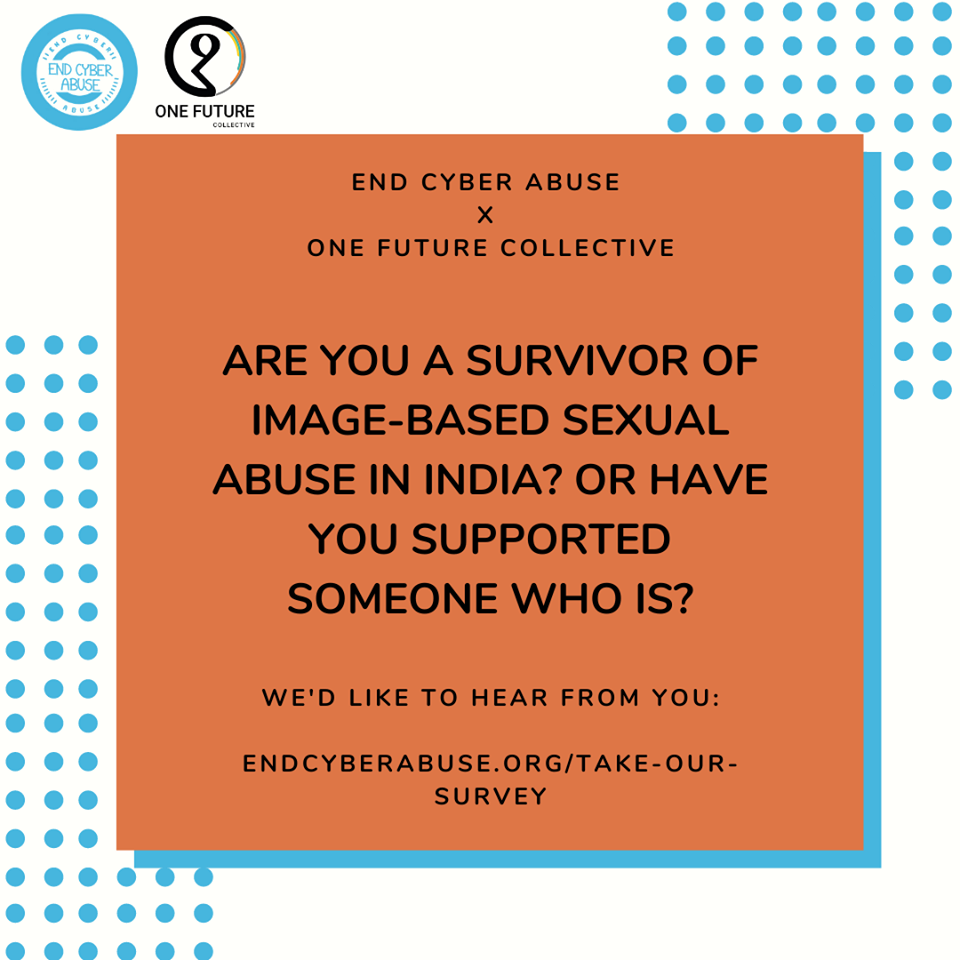
Haiku Jam
Attendees closed the event by participating in a ‘Haiku Jam’, where they cocreated Haiku’s along the topic of consent.
Click here or click the image below to read the book of Haikus on Consent co-written by the group.
